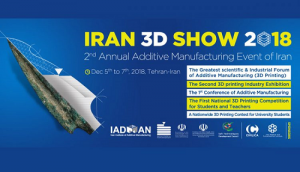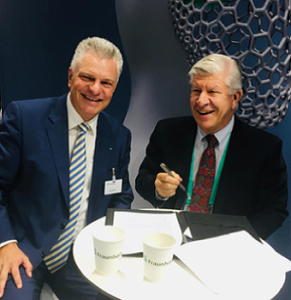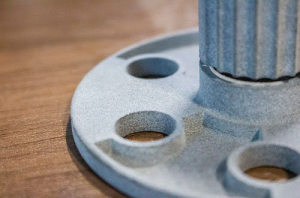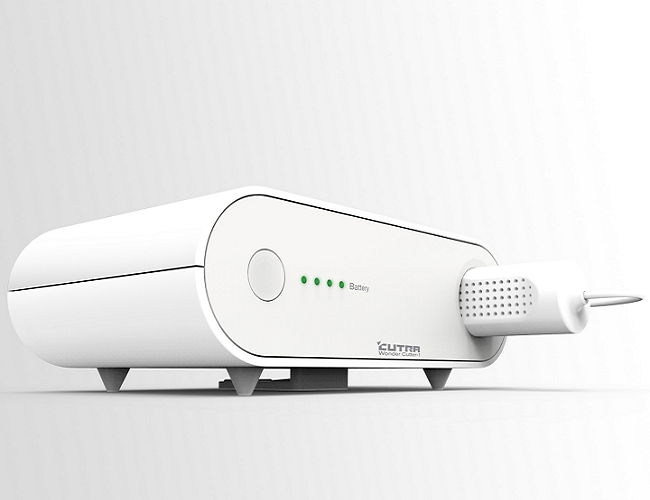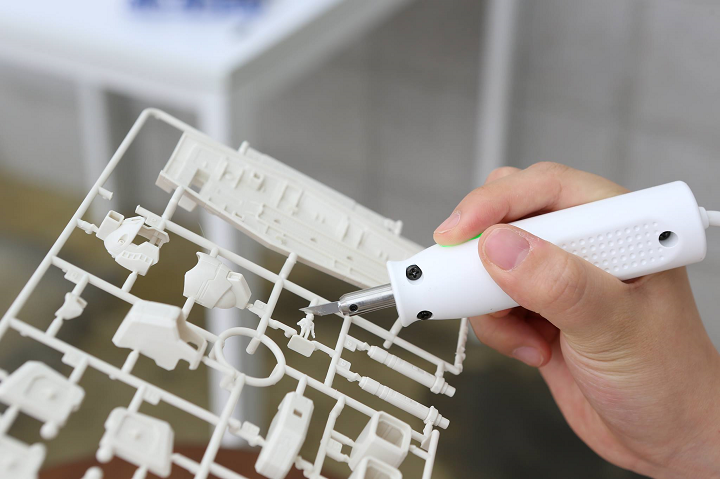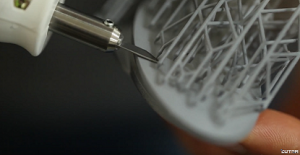Thanks to the guys at Inventables, we were able to test out the X-Carve in their office in Chicago. The X-Carve is a cool piece of machinery in different ways. I had the pleasure of conducting an interview with the CEO of Inventables, Zach Kaplan, a while ago. It was a fun conversation overall and it got me thinking more in terms of the entrepreneurial economy. Kaplan then extended an offer for me to test out the X-Carve machine in their office at a later date. I then gladly set up a time to do so, and I learned a lot about the machine itself.
I have various experience with technology and machines. I work out of a Makerspace in Chicago called Pumping Station One, so new technology and machinery does not necessarily intimidate me. It does take a little bit of time to learn the nuances of any machine though. Before I was able to come in and test the X-Carve, I had to learn how to use the software associated with it to upload images that were to be carved out later. I chose a project that would require a little more complexity than a simple, quick carve on the machine. I try to do difficult projects early on when I am working with technology or new mediums. It allows for a rapid learning curve, and one starts to see the benefits and limitations of a device.

In order to carve an image into specific material on the X-Carve, it is necessary to operate the accompanying software it uses, which is called Easel. For anyone new to manufacturing, it is simpler to navigate than some of the software packages I have used for similar CNC operations with different devices. The biggest benefit of this software is that is web-enabled. This allowed me to work from anywhere on a design that could be carved on a machine. This design can be carved when it is linked through Easel to any X-Carve device via WiFi. The interface is nice and maneuverable. The biggest issue with it would be the learning curve still involved with bit sizes used for various carving. For a new person using the platform, it would be intimidating to learn the specific drill bits required to do carves at a precise level. Fortunately, I had the assistance of people at X-Carve to learn, as well as previous experience with CNC machines. For someone completely new to this type of work, it would take a bit of time to learn all of these things. I’d estimate a full week would be enough to get someone up to speed on the various materials and bits associated with them based on the thickness of material. From there it would just be an ongoing learning process.
The project that I wanted to carve was a marketing piece. I wanted to carve a two-colored acrylic circle that had a logo for an online clothing store I created. It also would have a QR code attached on one side of it. Ideally, the QR code would then take someone to our Instagram page. The concept was a bit difficult to pull off. It required a strategy called flip milling. We had to specifically create a jig that would allow the piece to be flipped and rotated in place for carving done in the same position of the material. This is a little bit more complex than some materials, such as a laser cutter that may cut the material first and then one may be able to manually flip the object. The flip milling allowed us to have a very accurate carving done on the front side and back side of our object. I was able to learn how to do this project specifically through the help of the Inventables team themselves. This means that a good amount of the learning curve was reduced, but I am not sure how that may work for a person who is not able to have the same type of advantage.
The project did not take long to create as it was a small circular disk that had about a 2 cm radius. The overall carving took around 30 minutes. This includes the various setup that we needed to do for flip milling and general maintenance of the X-Carve. Like any other machine, there are certain intricacies that we must understand about our device. This is where having the X-Carve team to help with the project was great, but I would suggest for anyone using the X-Carve should consult various YouTube videos for different projects and future self-driven learning. There are a lot of possibilities that can be made with this device that I am not even aware of. Overall it was a great experience to get all of these tips and a completed project with the Inventables team. Unfortunately, the QR Code didn’t work. But I will work on this project more and see how we can get a QR Code scanning circular image.
The post X-Carve Demo with Inventables appeared first on 3DPrint.com | The Voice of 3D Printing / Additive Manufacturing.

 Branding Material
Branding Material